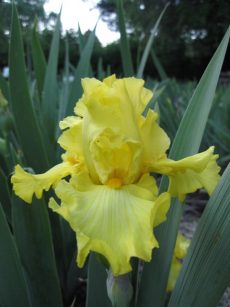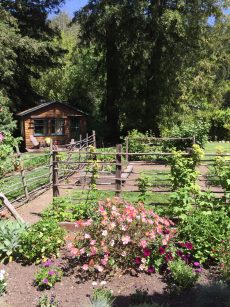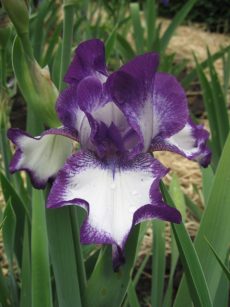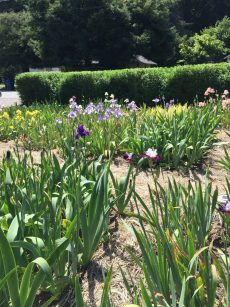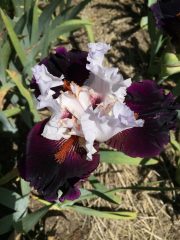I didn?t have much of a gopher problem during the dry years. All my plants went into the ground with nary a thought as to the danger they would one day find themselves in. Now it?s a different story and it?s war. I?m not giving up and I?m not giving in. Here?s my story and what I?m doing about the destructive critters.
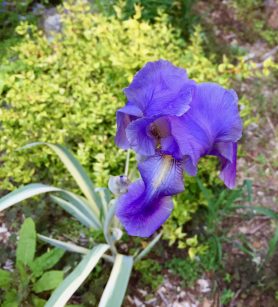
As you know there?s nothing, well almost nothing, as heartbreaking in the garden as losing a favorite plant you?ve nurtured and enjoyed for years. Whether the death comes from fungal problems, insect infestation or a rodent, you feel a loss. And so it was with me just recently when I discovered one of my prized Zebra iris eaten by a gopher. Then a couple of years ago my birch tree keeled over in the driveway, roots mostly eaten off. I saved the birch by replanting it in a huge gopher basket. Thankfully it was dormant season so the tree had time to recover the next spring. The jury?s out on whether I can save the iris.
Did you know that gophers usually live alone within their burrow system except when females are caring for their young or during breeding season? They are nocturnal, territorial and active year round. All those mounds you see are created by one animal as the female will drive off her young just a few weeks of giving birth. If you dispatch a female before she gives birth in the spring you can often solve your problem. Don’t give her the chance to have another litter in June. She can live for 3-5 years.

I don?t advocate using poison baits as those anti-coagulant toxins can be passed on to pets, hawks and other predators that might eat them. Each morning I do look for any signs of fresh activity and I?ll set a cinch trap with a flag after probing for the tunnel direction. I also discourage them by flooding the tunnels and stomp hard on any new surface tunnels.
There are no gophers in the Northeast but the Golden gopher of the Midwest is twice as large as our Pocket gopher who got it’s name as they love to store food in side pockets inside their head. Gophers love sprouts and apples and will gorge themselves to destruction if they are plentiful.
Urban myths to control gophers include Juicy Fruit gum and laxatives but they are not effective per studies at UC Davis. Putting glass or dried rose cuttings with thorns down a hole is effective as gophers are hemophiliacs and will bleed to death if cut. Castor oil is effective for a short time as is coyote, cat or any other urine. Fish emulsion or meat products are deterrents as gophers are committed vegetarians.
Are there plants that gophers won’t eat? They seem to avoid lavender, sage or salvia, rosemary, thyme and oregano. As a designer I have a slightly longer list of gopher resistant plants but always recommend planting in stainless steel gopher baskets anyway. You can?t be too careful.
I have to chuckle at a list of plants supposedly not on a gopher’s menu that I found in a magazine several years ago. Apapanthus was on the list. I can assure you that a gopher will burrow right underneath an agapanthus in order to get water from the roots.

